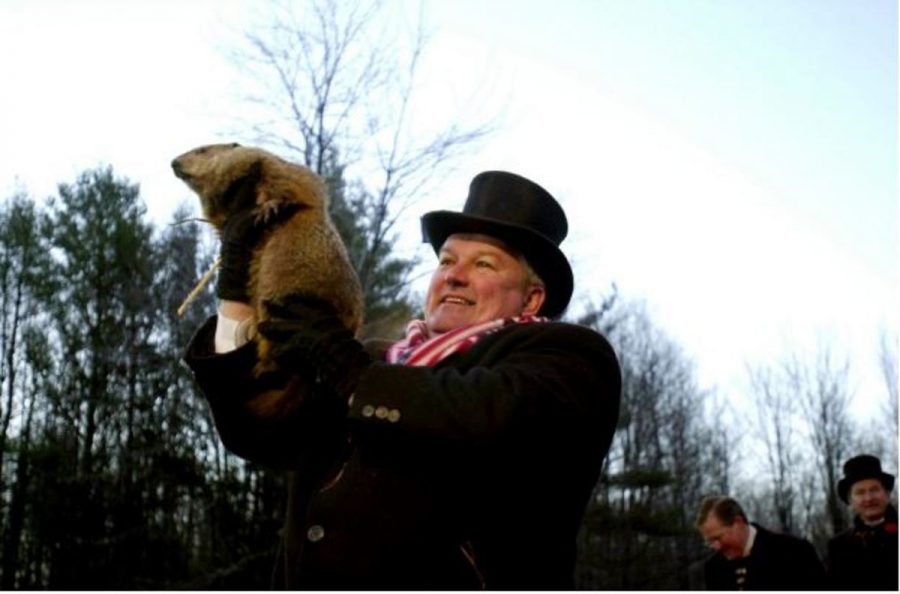Early spring or six more weeks of winter?
Snowless winter does not predict Groundhog Day
Groundhogs are not the only animals used to “forecast” winter weather. The woolly bear caterpillar has been used in Vermillion, Ohio since 1972. Accordng to tradition, if the insect has more orange than black coloring, the winter to come will be mild.
Cincinnati has experienced a lack of significant snowfall this winter. Currently, there has been a recorded 6.2 inches of snow for the season, with 4.2 inches in January.
This is far less than the typical 12.2 inches of snow Cincinnati gets in a winter.
“It’s so sad. We had so much snow in previous years, but this year there is hardly any,” said Lavanya Konda, 11.
Yet this was not indicated with mythical prediction of the current Groundhog Day.
Groundhog Day is February 2, which falls midway between the winter solstice and spring equinox. It is a day when people in the colder areas of North America stir groundhogs from their burrows.
According to the story, if a groundhog sees its shadow, it means six more weeks of winter; if it does not, spring is supposed to come early.
And where did this myth originate?
The idea behind Groundhog Day was created by a local newspaper editor in Punxsutawney, Pennsylvania by the name of Clymer Freas. He gathered a group of groundhog hunters and businessmen and trekked to Gobbler’s Knob.
There, in 1887, the first official Groundhog Day celebration predicted six more weeks of winter. Now the day features Punxsutawney Phil each year.
“I know animals are not reliable at predicting how long winter will last, but this is a fun tradition,” Konda said.
This Groundhog Day, Punxsutawney Phil saw his shadow, so it may mean six more weeks of winter.
But is Punxsutawney Phil’s prediction accurate? Or does the minimal amount of snowfall in the area indicate a possible early spring?
“I guess we’ll have to see what happens,” Konda said.
Your donation will support the student journalists of Sycamore High School. Your contribution will allow us to purchase equipment and cover our annual website hosting costs.



